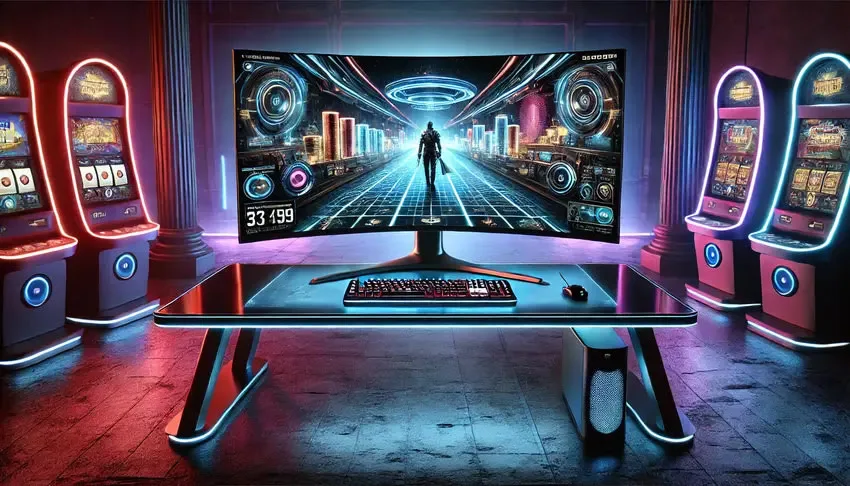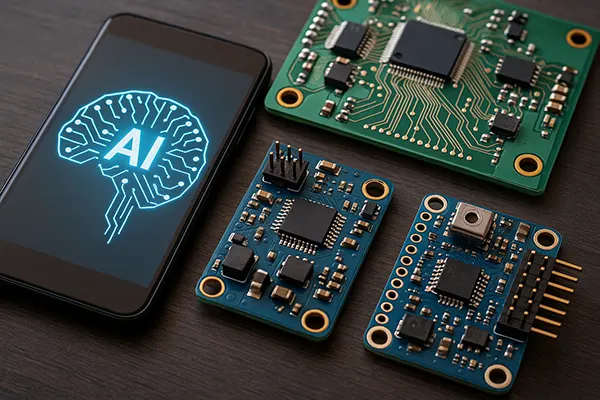The Evolution of Screen Technologies: From LCD to OLED and Beyond

Screen technology has undergone a dramatic transformation over the decades, shaping the way we interact with digital content. From early cathode-ray tube (CRT) displays to cutting-edge OLED panels, each advancement has significantly enhanced visual experiences, particularly for online gaming enthusiasts. With platforms like Spillehallen.dk offering immersive gameplay, the importance of high-quality displays has never been greater.
For players at Spillehallen Casino, the quality of a screen directly impacts their gaming sessions, influencing colour accuracy, refresh rates, and responsiveness. As technology advances, we see a growing shift towards innovative display solutions that promise sharper visuals, faster performance, and greater energy efficiency. In this article, we explore the evolution of screen technologies and what the future holds for display innovation.
The Dawn of Display Technology: From CRT to LCD
Before the sleek, high-resolution screens of today, displays were bulky and limited in quality. The CRT era, which dominated for much of the 20th century, relied on electron beams to illuminate phosphor-coated screens. While these displays offered decent colour reproduction, they suffered from flickering, low refresh rates, and considerable energy consumption.
In the early 2000s, liquid crystal displays (LCDs) replaced CRTs, bringing significant improvements. LCD technology utilises liquid crystals sandwiched between two polarising filters, allowing for a slimmer form factor, lower power consumption, and improved resolution. This transition was particularly beneficial for gaming, providing a clearer and more stable visual experience.
As LCD screens became widespread, manufacturers focused on enhancing backlighting technology to improve brightness and colour accuracy. This led to the development of LED-backlit LCDs, which offered greater efficiency and better contrast ratios. The shift from CRT to LCD was a defining moment, laying the foundation for the high-performance displays we see today.

LED and OLED: A New Level of Visual Excellence
While LCDs revolutionised screen technology, the introduction of LED (light-emitting diode) backlighting further enhanced display performance. Unlike traditional LCDs, which relied on cold cathode fluorescent lamps (CCFLs), LED-backlit screens offered superior brightness, deeper blacks, and a longer lifespan. These improvements were particularly noticeable in gaming applications, where clarity and response time are critical.
The next major breakthrough came with OLED (organic light-emitting diode) technology. Unlike LCDs, OLED screens do not require a backlight, as each pixel emits its own light. This innovation allows for true blacks, infinite contrast ratios, and vibrant colours, significantly improving visual depth and immersion. Spillehallen Casino players benefit from these advancements, enjoying sharper graphics and more dynamic gameplay experiences.
Additionally, OLED displays offer faster response times, reducing motion blur and providing smoother visuals, which is crucial for competitive gaming. As a result, OLED technology has become the gold standard for premium gaming monitors, smartphones, and high-end TVs.
Current Trends and the Future of Screen Technologies
As display technology continues to evolve, new innovations are emerging to enhance user experience further. One of the most promising trends is MicroLED, which combines the best aspects of LED and OLED technologies. MicroLED screens feature self-emissive pixels like OLED but offer even higher brightness levels, better longevity, and reduced risk of burn-in.
Another significant development is the rise of high-refresh-rate screens, particularly in gaming displays. Standard refresh rates have moved from 60Hz to 120Hz, 144Hz, and even 240Hz, delivering ultra-smooth motion that enhances gaming precision. For Spillehallen.dk users, these advancements mean more responsive gameplay and an overall superior experience.
Flexible and foldable screens are also gaining traction, providing new possibilities for mobile devices and gaming applications. As manufacturers refine these technologies, we can expect more adaptable and durable displays that cater to different user needs.
Challenges and Future Prospects of Display Technology
Despite the remarkable progress in screen technology, several challenges remain. One major issue is energy consumption. High-resolution displays with increased refresh rates and brightness levels require significant power, posing concerns for battery life in mobile devices and energy efficiency in larger screens.
Another challenge is cost. Cutting-edge display technologies such as OLED and MicroLED remain expensive to produce, limiting their accessibility to mainstream consumers. As production techniques improve, costs are expected to decrease, making advanced screens more affordable for a broader audience.
Looking ahead, advancements in quantum dot technology, AI-driven image processing, and sustainable manufacturing practices will continue to shape the future of displays. As screen technology progresses, players at Spillehallen Casino and beyond can look forward to even more immersive and visually stunning gaming experiences.
Popular topics
-
 Edge AI and TinyML: How Int...
Edge AI and TinyML: How Int...Edge-level artificial intelligence has become one of the most …
-
 How to Programmatically Bui...
How to Programmatically Bui...Creating a flexible and efficient microservices ecosystem in 2025 …
-
 The Role of Artificial Inte...
The Role of Artificial Inte...Artificial intelligence has become a practical component of gambling …
-
 Virtual and real hosting, w...
Virtual and real hosting, w...Today, many providers offer virtual servers where you can …
-
 Post-Quantum Cryptography i...
Post-Quantum Cryptography i...As the era of quantum computing approaches, traditional cryptographic …
